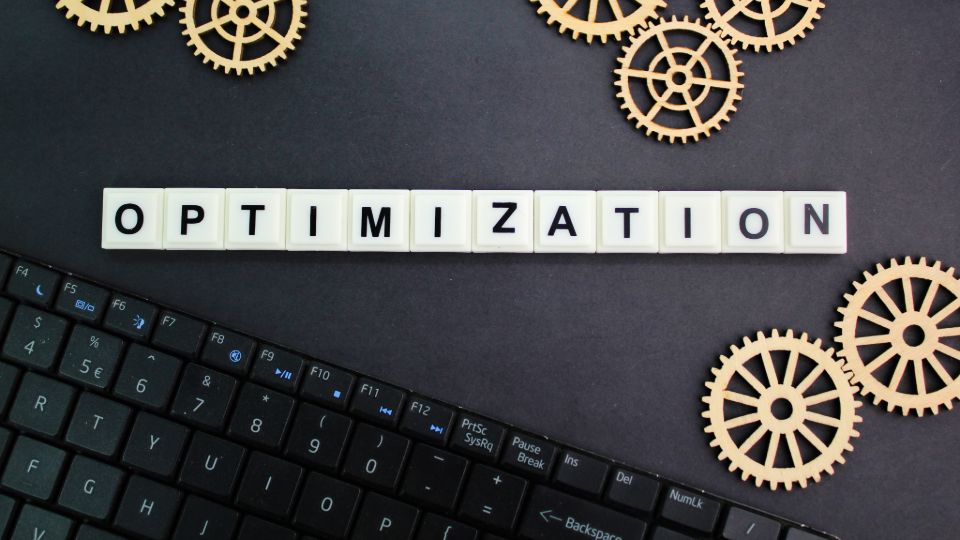Optimize Workflows to Reduce Wasted Time
In today's fast-paced work environment, time is one of the most valuable resources. Yet, inefficient workflows can lead to wasted time, lower productivity, and increased frustration. Optimizing workflows is crucial to ensuring that teams can focus on what matters most. If you're looking to reduce wasted time and boost overall efficiency, here are five effective strategies to help optimize your workflows.
1. Map Out Your Current Workflow
The first step in optimizing any workflow is understanding it. Start by mapping out the current workflow process. Identify each step, task, and tool involved, and take note of bottlenecks, delays, or redundant actions. By visualizing the workflow, you can pinpoint where time is being wasted, whether it's due to manual tasks, miscommunication, or unnecessary approvals. A clear picture of your workflow allows you to see where improvements can be made.
2. Automate Repetitive Tasks
Automation is one of the most effective ways to eliminate wasted time. If your team is spending a lot of time on repetitive tasks, such as data entry, report generation, or scheduling, consider using automation tools. Platforms like Zapier, Microsoft Power Automate, or Integromat can connect your apps and automate manual tasks, freeing up valuable time for more important work. By streamlining these processes, you can improve efficiency and reduce human error.
3. Implement Clear Communication Channels
Poor communication often leads to wasted time in workflows. When team members are unclear about tasks or priorities, confusion and delays can occur. To optimize your workflow, ensure that communication channels are clear and efficient. Tools like Slack, Microsoft Teams, or Asana can help streamline communication, making it easier for team members to track progress, ask questions, and stay on the same page. By reducing the back-and-forth and improving transparency, you can save time and prevent misunderstandings.
4. Delegate Effectively
Time is wasted when tasks are not delegated properly. Assigning tasks based on team members' strengths and expertise ensures that work is completed efficiently and on time. Use project management tools like Trello or Monday.com to delegate tasks clearly and monitor progress. Proper delegation minimizes bottlenecks and ensures that everyone is working on the right tasks at the right time.
5. Regularly Review and Optimize
Workflows should be regularly reviewed to identify areas for improvement. Set up periodic check-ins to assess whether processes are still efficient and if new tools or strategies could further reduce wasted time. Continuous optimization ensures that your workflow remains aligned with team needs and evolving business goals, further boosting productivity.
Conclusion
Optimizing workflows is essential for reducing wasted time and improving overall efficiency. By mapping out processes, automating repetitive tasks, enhancing communication, delegating effectively, and regularly reviewing workflows, you can ensure that your team is working smarter, not harder. Implement these strategies to save time, increase productivity, and create a more efficient work environment.
